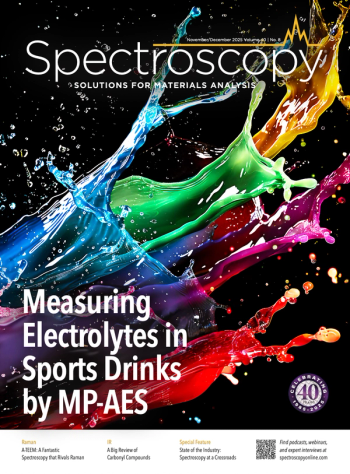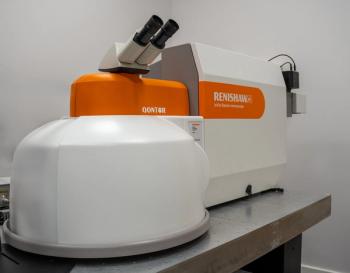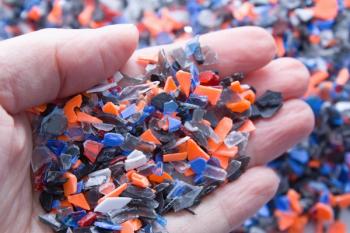
Volker Deckert Named Winner of the 2013 Charles Mann Award
The Federation of Analytical Chemistry and Spectroscopy (FACSS) has named Volker Deckert as the winner of the 2013 Charles Mann Award.
The Federation of Analytical Chemistry and Spectroscopy Socities (FACSS) has named Volker Deckert as the winner of the 2013 Charles Mann Award. The award is presented to an individual who has demonstrated advances in Raman spectroscopy at a conference presented by FACSS, or demonstrated dedication to advancing the Raman spectroscopy program at a conference presented by FACSS and the ASTM Raman subcommittee.
Deckert holds a joint position at the Institute of Physical Chemistry of Jena University and the Institute of Photonic Technology, both in Jena. He received his diploma and PhD from the University of Würzburg (Würzburg, Germany), working on instrumental developments for Raman spectroscopy. His postdoctoral work was on nonlinear and time-resolved laser spectroscopy at the University of Tokyo and KAST, in Kawasaki, Japan.
During his habilitation at the Eidgenössische Technische Hochschule (Zurich, Switzerland), Deckert came in contact with near-field optical techniques and was among the first to combine this high spatial resolution technique with Raman spectroscopy. A major breakthrough was the development of tip-enhanced Raman spectroscopy (TERS), a combination of scanning probe microscopy with plasmonic probes, a technique that brings together the sensitivity of surface-enhanced Raman scattering and the high lateral resolution of near-field optics, providing a tool to investigate phenomena much beyond the diffraction limit of conventional optics.
Deckert’s goal is to push the lateral resolution of Raman spectroscopy into smaller and smaller dimensions. In particular, he is applying the resolution capabilities of TERS to nanoscale studies of bio molecules and the investigation of fundamental dynamic processes of surface reactions.
The FACSS Charles Mann Award will be presented at the FACSS annual meeting, SciX – The Great Scientific Exchange, to be held in Milwaukee, Wisconsin, September 29 to October 4, 2013.
Related content:
Newsletter
Get essential updates on the latest spectroscopy technologies, regulatory standards, and best practices—subscribe today to Spectroscopy.



